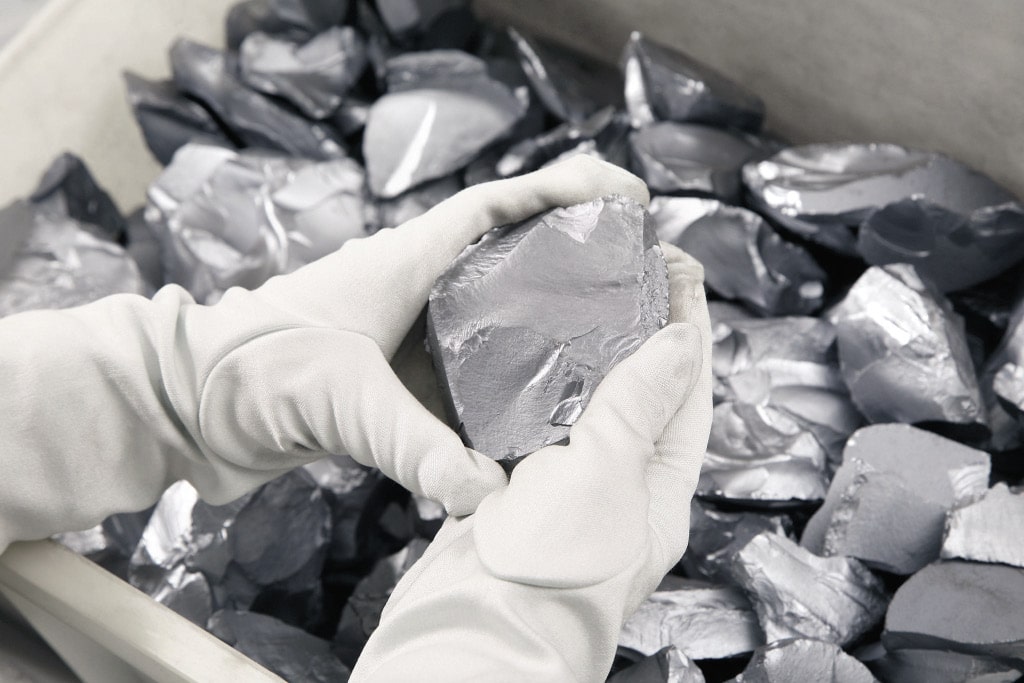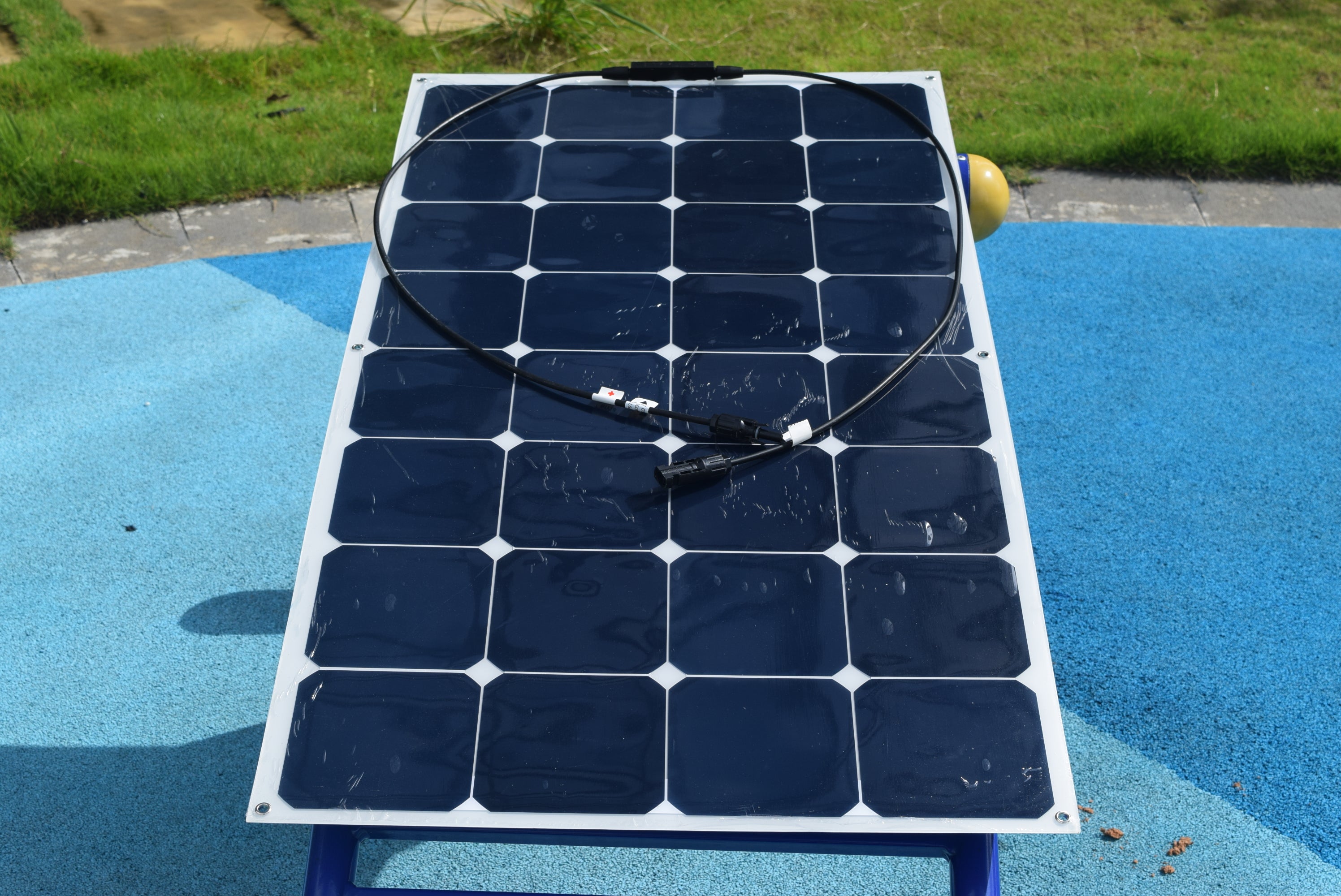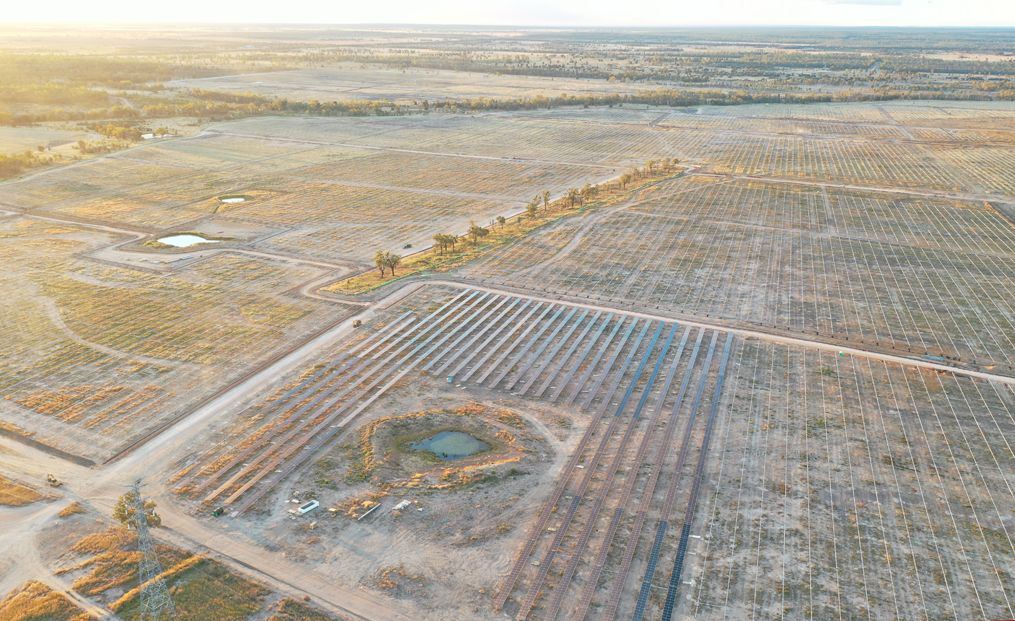https://www.pv-magazine.com/2022/01/20/full-solar-value-chain-relief-is-on-the-way-says-roth-capital/
Image: Daqo New Energy
From pv magazine USA
A downward trend in polysilicon prices is anticipated this year, and inventory levels across the entire solar value chain are expected to begin building through the first half of 2022, said Corrine Lin, chief analyst at PV Infolink and Dora Zhao, senior analyst at PV Infolink, in a recent webinar held by Philip Shen, the managing director of ROTH Capital Partners. Click here to register and view the recorded webinar session.
PV Infolink says that polysilicon ex-VAT (pre-tax) prices should improve from the current levels of $26-$30/kg to as low as $19/kg by the end of the year. Prices have recently ticked back up to about $30/kg, largely due to decreased polysilicon inventories driven by seasonality ahead of Chinese New Year and a rebound in utilization levels from the end of 2021, said Zhao.
Inventory levels are expected to build across the value chain, according to the report. Currently, value chain inventory levels are well below healthy levels, sitting at about a month to six weeks across all segments, said PV InfoLink. Polysilicon inventory is about two weeks, and wafers hold less than one week of inventory.
The report predicts an increase in production to 318 GW of polysilicon and 322 GW of wafers globally in 2022. It said that an inventory build of about 30 GW above forecast production for modules may result in pricing support for polysilicon and wafers through 2022.
Popular content
Capacity expansions are on the way across the value chain, driven by “just-in-case” inventory considerations due to ongoing Covid logistics. Lin and Zhao noted many new entrants are expected to continue through 2023, including Shangji Automation, Gaojing Solar, Shuangliang Group and Fuxing New Energy (n-type wafers.)
Lowered polysilicon pricing will send a ripple effect through the supply chain, and PV InfoLink projected module prices will drop from $0.27/W in the first quarter to $0.24/W by the fourth quarter.

N-type modules are expected to increase to about 7% to 8% market share this year, while PERC modules will likely retain their dominance with about 90% market share. Lin said there has been a rise in companies taking interest in TOPCon expansion over heterojunction. She said that perovskite technology likely needs five or more years to take a meaningful share of the market.
This content is protected by copyright and may not be reused. If you want to cooperate with us and would like to reuse some of our content, please contact: editors@pv-magazine.com.




